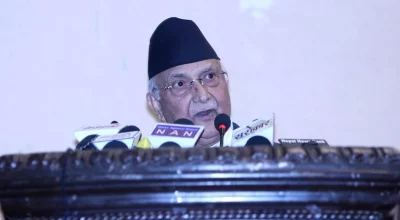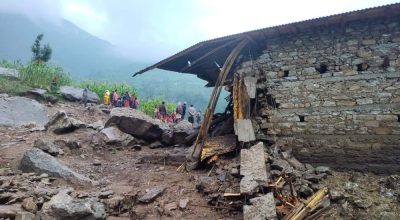
The Philippines’ power grid is under the full control of the Chinese government and could be shut off in time of conflict, according to an internal report prepared for lawmakers seen by CNN.China’s State Grid Corporation has a 40% stake in the National Grid Corporation of the Philippines (NGCP), a private consortium that has operated the country’s power lines since 2009. Concerns over potential Chinese interference in the Philippine energy system have dogged the arrangement since it was first agreed a decade ago.
Lawmakers called for an urgent review of the arrangement this month after the report claimed that only Chinese engineers had access to key elements of the system, and that power could in theory be deactivated remotely on Beijing’s orders.There is no history of such an attack on a power grid by China, nor has any evidence been presented to suggest that any was imminent, only that it was theoretically possible in future.
The report, prepared by a government body and provided to CNN by a source who requested confidentiality, warned that the system was currently “under the full control” of the Chinese government, which has the “full capability to disrupt national power systems.””Our national security is completely compromised due to the control and proprietary access given by the local consortium partner to the Chinese government,” the report warned.
In a statement, China’s Ministry of Foreign Affairs said “China’s State Grid Corporation participates in projects run by the National Grid Corporation of the Philippines as a partner of local companies.””The Philippines is a neighbor and important partner of China’s. We support Chinese companies conducting business in the Philippines in accordance with laws and regulations to expand mutual benefits and win-win cooperation,” the statement added. “We hope certain individuals in the Philippines view such bilateral cooperation with an open mind as well as an objective and fair attitude. They shouldn’t over-worry or even fabricate things out of thin air.The Chinese government’s carefully constructed narrative around its Xinjiang detention centers appears to have been shattered by hundreds of pages of leaked documents published by Western media over the last two weeks.
Beijing has long insisted that its vast camps are voluntary “vocational training centers,” where people learn job skills and are then free to leave.Yet the leaks paint a grim picture of heavily fortified re-education centers, designed to turn Uyghurs and other Muslim minorities into good Chinese citizens who also speak Mandarin.There has been nothing yet to indicate the documents are fake both the New York Times and the International Consortium of Investigative Journalists have published the original versions or verbatim copies on their websites. Even China’s Ministry of Foreign Affairs has not directly disputed their authenticity.
“For all its efforts at secrecy, the Chinese government can no longer hide the extent, and the reach, of its campaign of repression in Xinjiang,” regional expert Adrian Zenz wrote in an opinion piece in the New York Times this week.The leaks are hugely embarrassing for Beijing, and there is almost certainly a hunt for the culprit happening now.But don’t expect the Chinese government to demolish the camps and apologize.The crackdown followed a series of terrorist attacks in the far western region, which has a long history of unrest and protests. Beijing often states that there hasn’t been a major incident in the region since 2015, something it attributes to the government’s highly controversial policies.And as far as Beijing is concerned, the world is on its side. By its numbers, more countries have publicly voiced support for China’s controversial anti-radicalization policies than opposed them.








प्रतिक्रिया दिनुहोस्